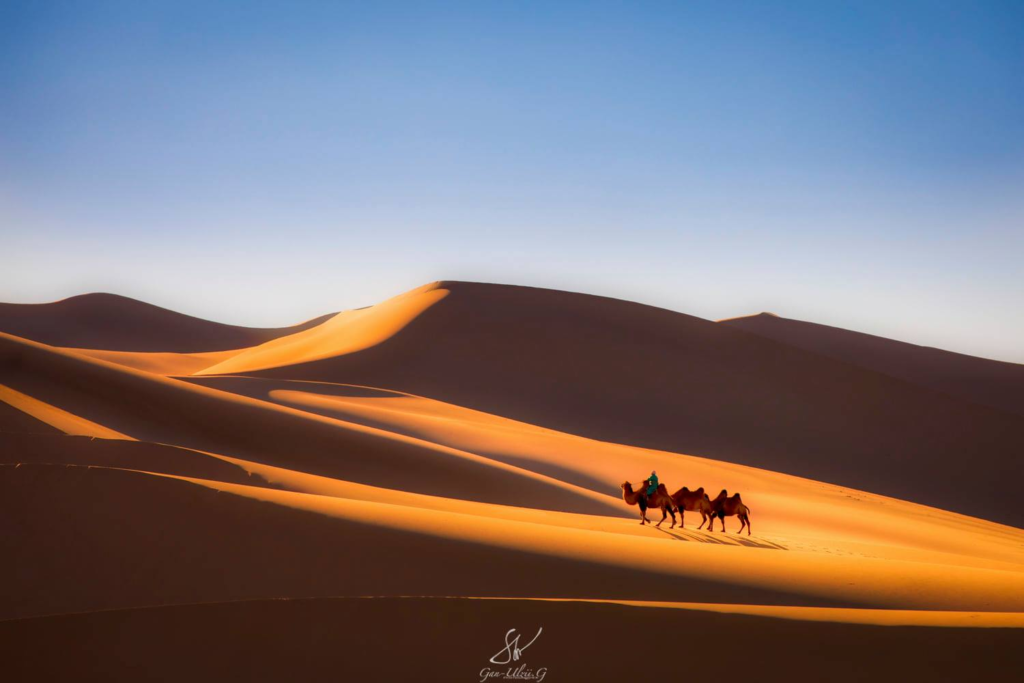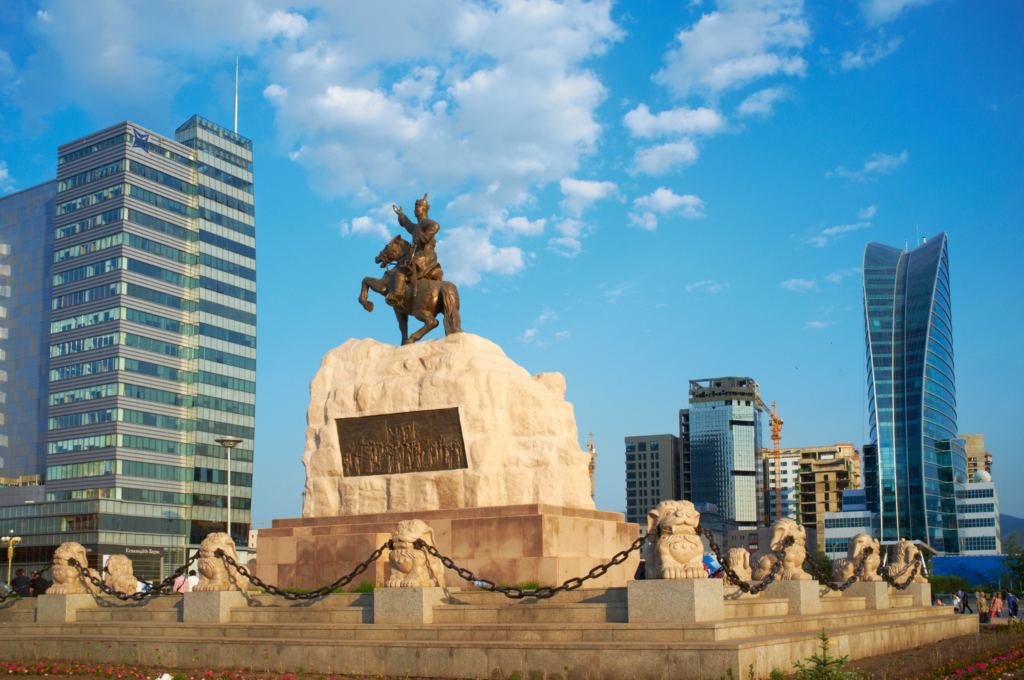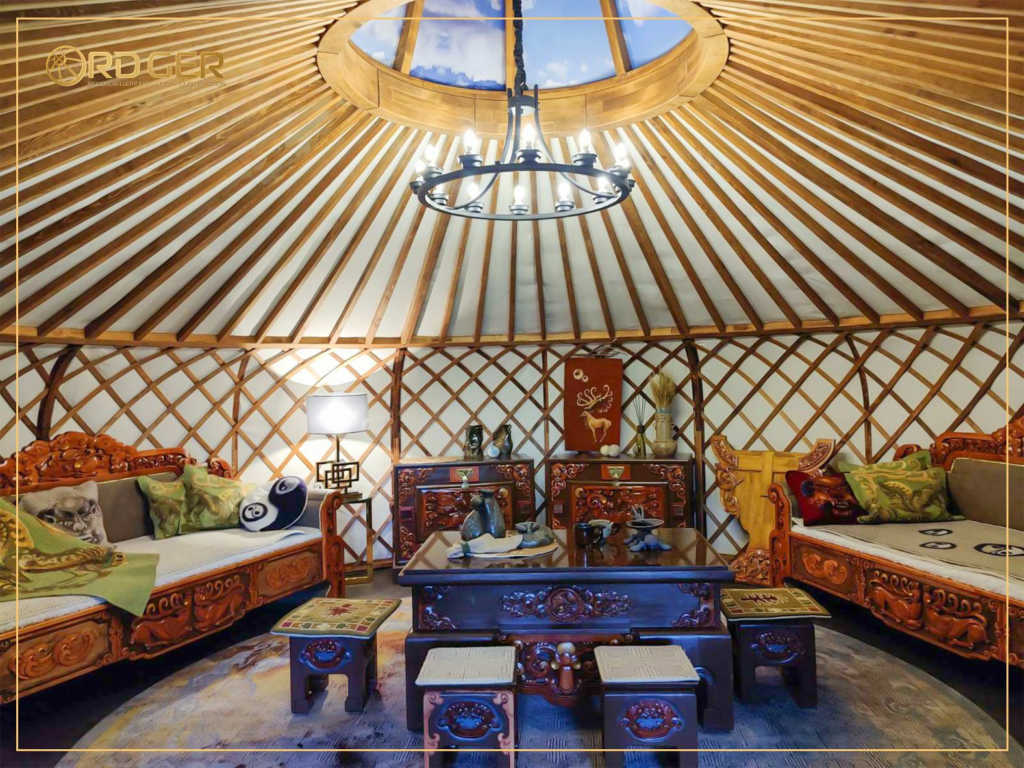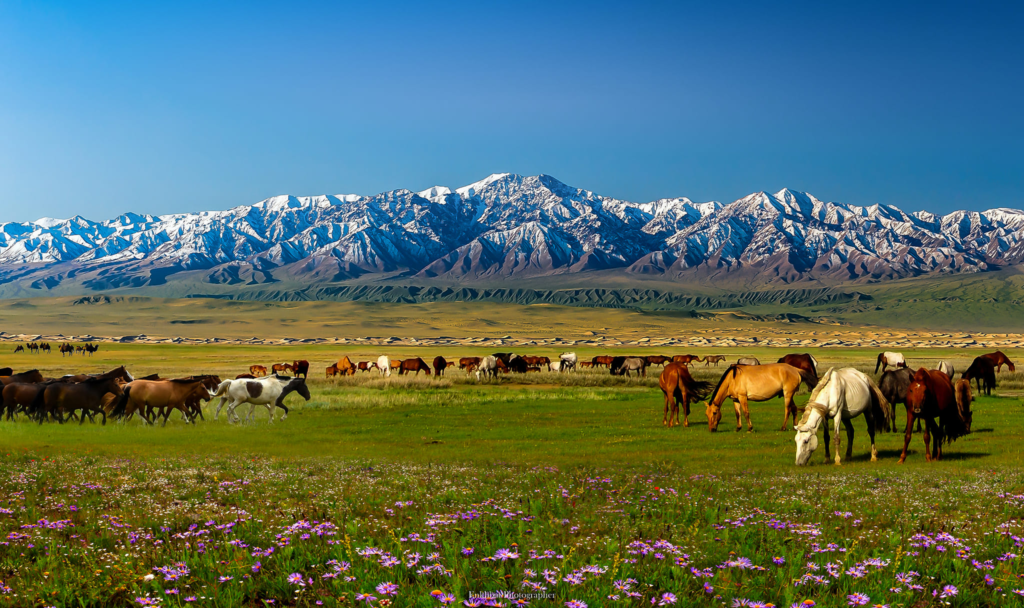Tsagaan Sar or “White Moon Festival”, in the vast landscapes of Mongolia, where the winds carry whispers of ancient tales, the arrival of the lunar new year, marks the commencement of festivities that weave tradition and renewal into the fabric of Mongolian culture. This celebration, rooted in centuries-old customs, holds profound significance for the people of Mongolia, symbolizing not just the turn of the lunar calendar but the dawn of spring and the promise of warmer days.
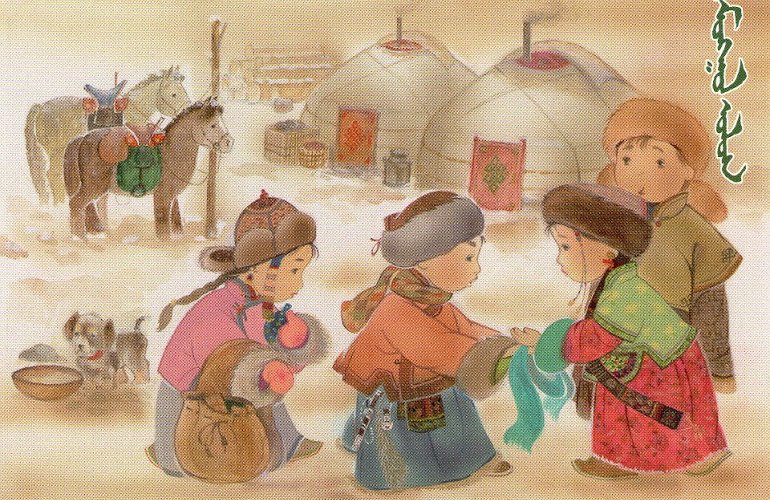
Preparation and Anticipation: Buuz and Best Horses
Preparations for White Moon Festival unfold weeks before the festivities commence. Families engage in a culinary marathon, crafting hundreds of meat-filled dumplings known as buuz, a culinary centerpiece for the New Year. Balconies transform into makeshift freezers as Mongolians ensure a hearty supply of buuz to share during the celebrations. Simultaneously, families meticulously select and prepare their most elegant attire for the occasion. Nomads, deeply connected to their traditions, groom their finest horses, anticipating the rides that will be an integral part of the festivities.
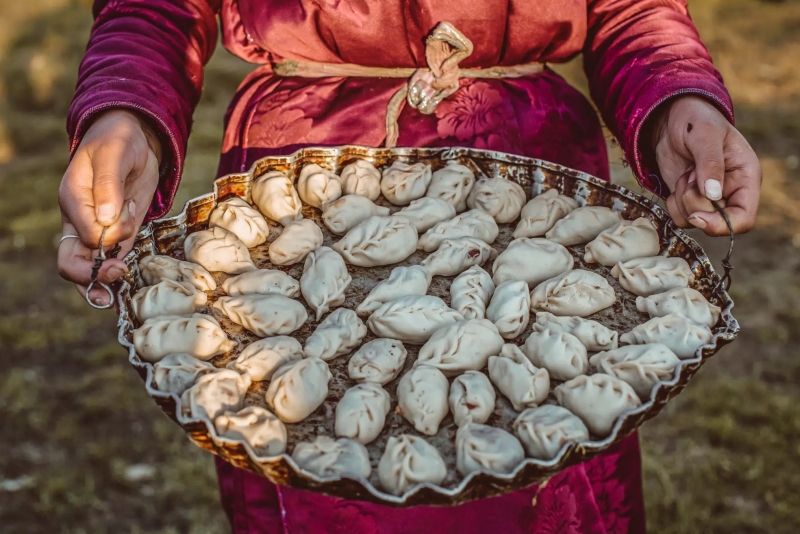
Bituun: A Day of Purification and Celebration Eve
The day preceding Tsagaan Sar, known as “Bituun” or “new moon,” is a day of thorough cleansing. From homes to barns, every corner is meticulously cleaned. Candles cast their glow, illuminating the Samsara and paying homage to beings in the Buddha phase. As night falls, families come together for a sumptuous dinner, a prelude to the grandeur of the upcoming celebrations.
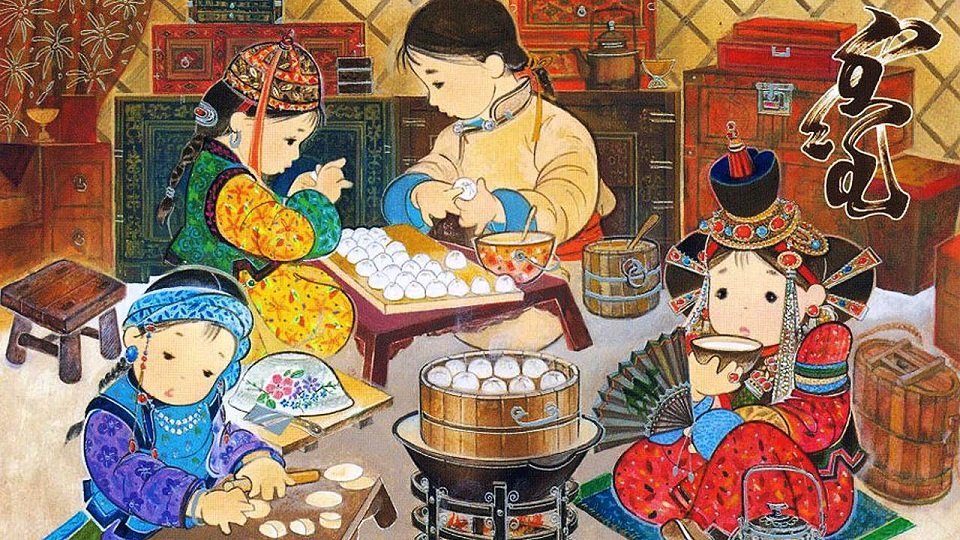
While a televised Mongolian wrestling competition captivates audiences, families engage in card games, believing that luck on this night sets the tone for the entire year. Debts are settled, and reconciliations take place, fostering an atmosphere of positivity as the New Year approaches.
White Moon Festival Morning: Rituals and Greetings
As the dawn of Tsagaan Sar breaks, the hostess embarks on a ceremonial offering, presenting the first cup of tea with milk to the gods and dispersing its contents in all directions. Greetings echo through households as people venture outside to perform ritual prayers, intricately determined by the Chinese zodiac and published in newspapers.
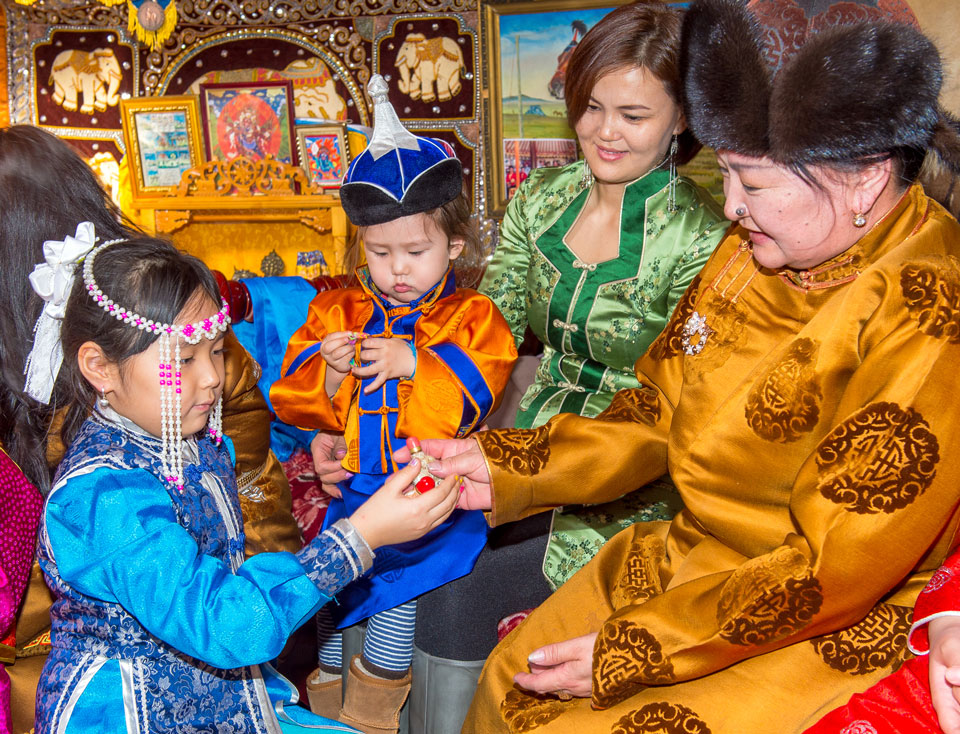
Visits and Rituals: Zolgokh and Blessings
The two days of Tsagaan Sar, and often the subsequent week, witness a flurry of family visits. Mongolians traverse distances to visit relatives, a ritual steeped in tradition. The protocol is precise, with visits beginning at the house of the eldest, usually the parents. Each visit adheres to the ritualized “Zolgokh,” where guests approach the householder, offering greetings and well-wishes for a peaceful New Year. Khadags are exchanged, and the guest presents money or vodka as a gesture of goodwill.
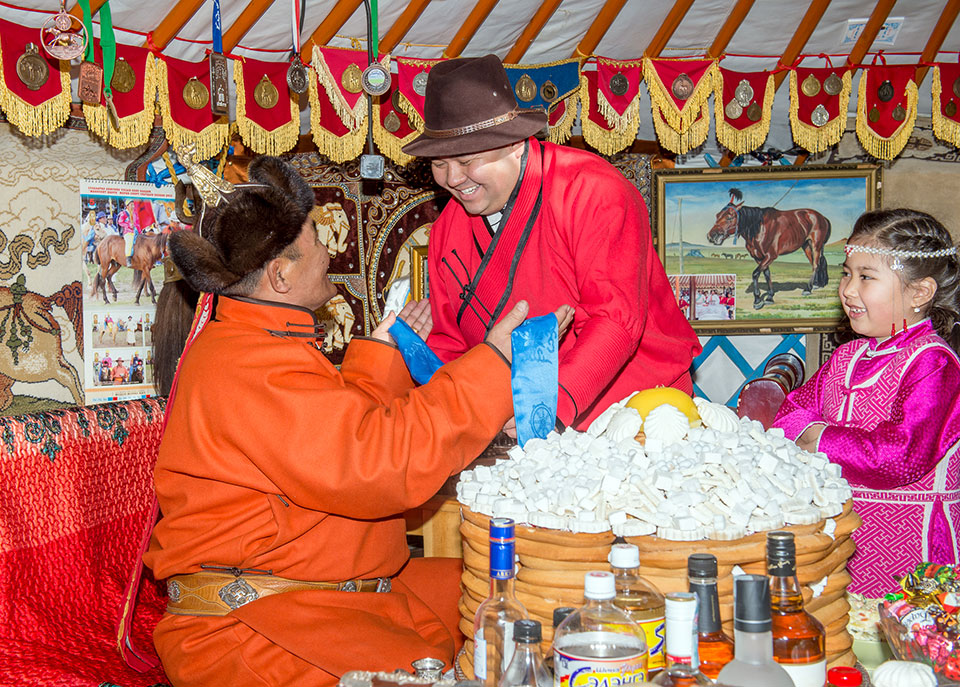
Around the table, a steamed sheep, “uuts,” takes center stage alongside plates of traditional cookies, “tsagaan sariin tavgiin idee.” Conversations flow as snuffboxes exchange hands, and winter becomes a topic of discussion. After a hearty meal, as guests bid farewell, the host extends a parting gift, sealing the spirit of generosity and camaraderie.
Ceremonial Significance: Khiymorio Sergeekh and Ovoo Ritual
Mongolians ascribe immense importance to the first day of the new year, believing it sets the tone for the entire year. To beckon good fortune, a religious ritual called “Khiymorio sergeekh” is observed during Tsagaan Sar. Additionally, Mongolians partake in the ovoo ritual, expressing gratitude to gods and nature for their blessings.
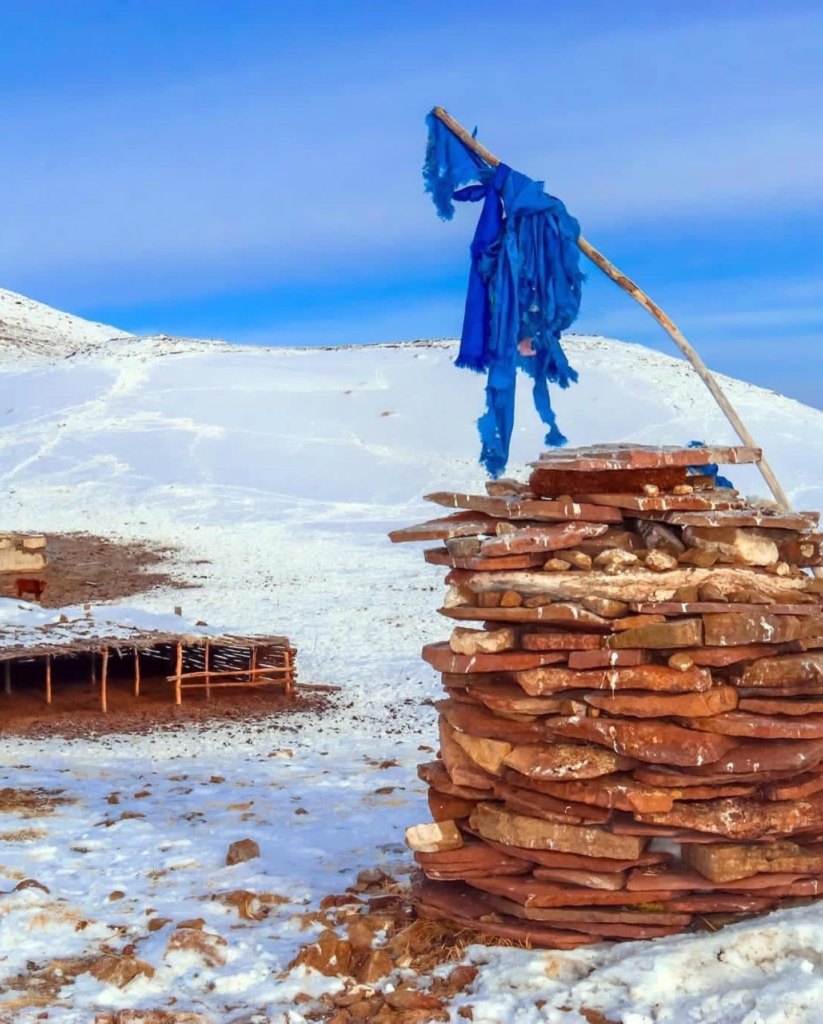
In conclusion, Tsagaan Sar, the White Moon Festival, transcends a mere calendrical event; it is a cultural tapestry woven with threads of tradition, renewal, and shared joy. The meticulous preparations, the warmth of familial connections, and the adherence to age-old rituals create an atmosphere of positivity and hope that lingers long after the festivities conclude.

